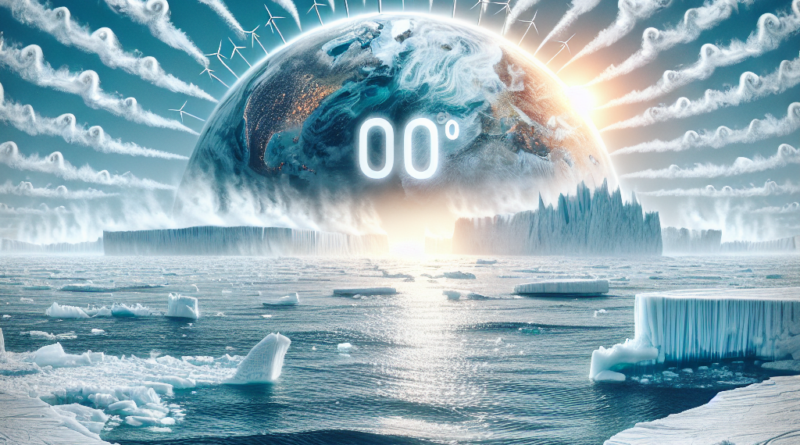The Rapid Cooling of the Atlantic Ocean: What Are the Risks Ahead?
Rapid Cooling of the Atlantic Ocean: A Growing Concern
In recent years, scientists have noticed a troubling phenomenon: the Atlantic Ocean is cooling at an alarming rate.
This occurrence, dubbed “Atlantic La Niña” by some experts, has surfaced just as we anticipated a transition toward a cooler La Niña phase in the Pacific.
The interplay between these climatic events could set off a chain reaction with potentially severe implications for both the environment and society.
Why is the Atlantic Cooling? Causes and Implications
The rapid cooling of the Equatorial Atlantic Ocean, which began in May 2024, is raising red flags within the scientific community due to its unprecedented speed.
This transition marks the fastest recorded since 1982.
Typically, ocean cooling is linked to the strengthening of trade winds, which push cold water from the ocean’s depths to the surface.
However, this time around, the trade winds have not intensified as expected, adding to the complexity and mystery surrounding this event.
Pedro DiNezio from the University of Colorado Boulder and Franz Philip Tuchen from the University of Miami have emphasized that, despite numerous hypotheses and existing models, a convincing explanation for such a rapid and intense cooling has yet to emerge.
Should temperatures remain 0.5°C below the average for another month, the Atlantic could officially be classified in an “Atlantic La Niña” phase.
While this phenomenon typically exerts a lesser impact than the Pacific’s El Niño-Southern Oscillation (ENSO), it still has the potential to disrupt global weather patterns significantly.
What are the Major Risks?
The cooling of the Atlantic Ocean is not merely an isolated climatic phenomenon; it could act as a catalyst for global crises.
A central concern is the potential impact on weather patterns and agricultural seasons.
The “Pacific La Niña” is known for inducing dry conditions in the western United States and wet conditions in East Africa.
In contrast, the “Atlantic La Niña” could lead to reduced rainfall in the Sahel region of Africa while increasing precipitation in Brazil, destabilizing agricultural production and threatening food security for millions.
Furthermore, the hurricane season may also feel the effects of these changes.
The “Pacific La Niña” typically encourages hurricane development in the Atlantic; however, the “Atlantic La Niña” might weaken the conditions necessary for their formation, potentially reducing their number and intensity.
The nature of their interaction remains uncertain, as a tug-of-war between the climate forces of the Pacific and the Atlantic may occur, yielding unpredictable weather extremes and economic disturbances in affected regions.
Finally, the social consequences of climate changes should not be underestimated.
Extreme weather events such as droughts or floods can trigger mass migrations, intensify pressure on natural resources, and incite conflicts in already vulnerable areas.




